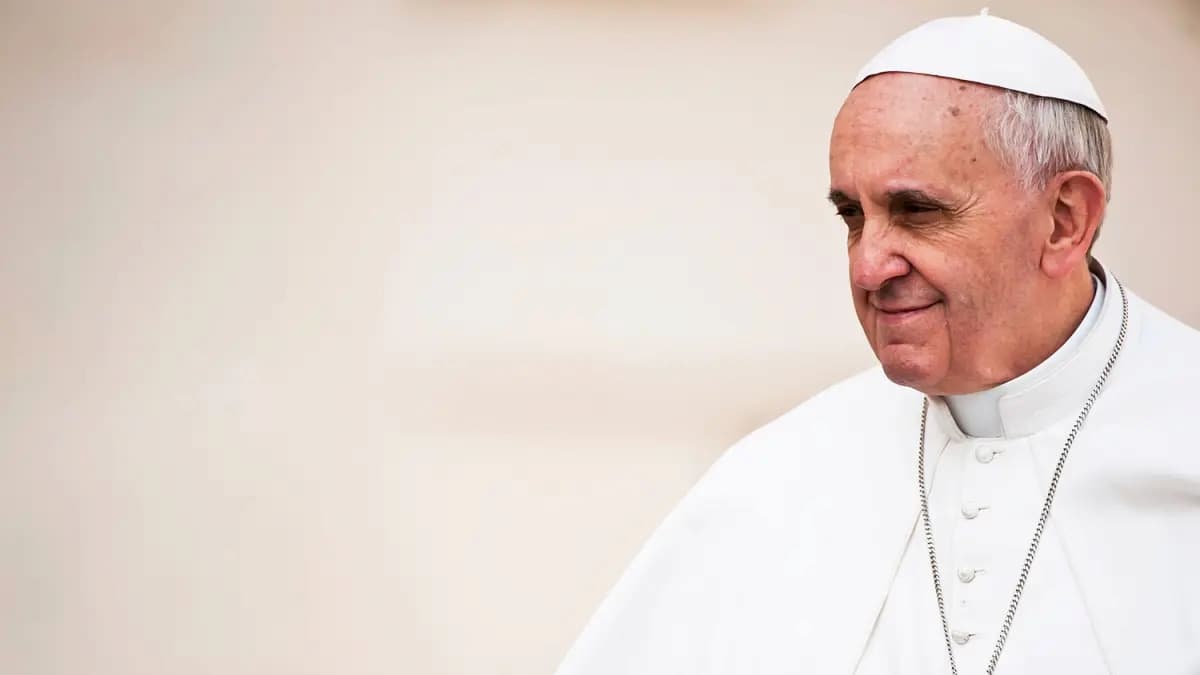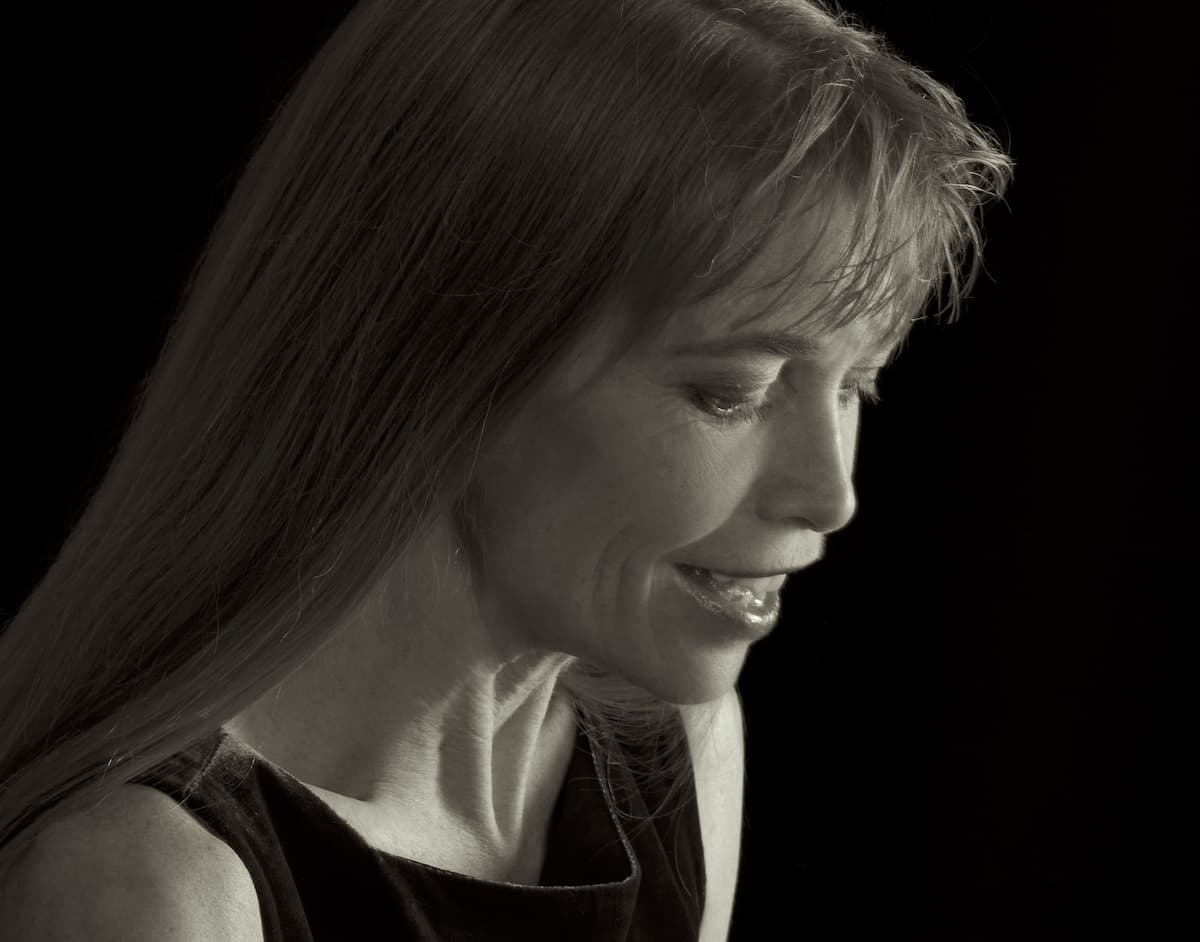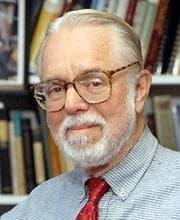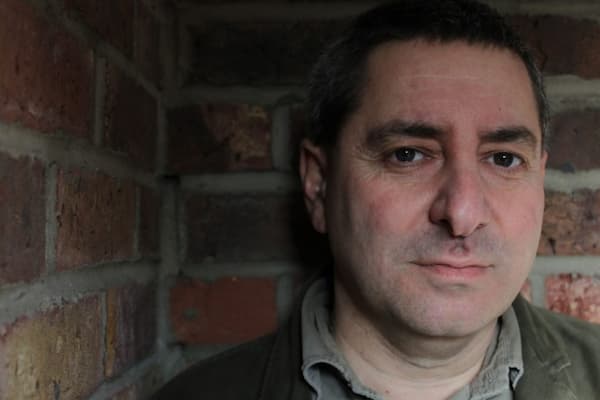On 24 May 2015, Pope Francis issued an encyclical, a letter from him addressed to a whole group, in this case, the world. Laudato si’, a shortening of a line from a canticle by Saint Francis of Assisi, ‘Laudato si’, mi’ Signore’ (Praise be to you, my Lord). St Francis’ hymn, more commonly known as The Canticle of Creatures, praises God and thanks him for his creation of Brother Sun, Sister Moon, Brother Wind, Sister Water, Brother Fire, Sister Mother Earth, and Sister Bodily Death. The canticle is said to have been dictated by St Francis in late 1224 and was sung for the first time over his deathbed.

Philip Fuytier: St Francis of Assisi, 1650 (Royal Museum of Fine Arts Antwerp)

Pope Francis in 2015
Pope Francis’ encyclical is subtitled ‘On Care for Our Common Home’ and calls for the world to take swift action against consumerism, irresponsible economic development, environmental decline, and global warming. He calls for discussion and dialogue and says that the Church is not able to settle scientific questions or replace politics, but rather should be part of the debate to open the discussion to the world. He calls for the post-industrial world to shoulder its responsibilities and pay attention to the destruction of the planet. If we return to viewing God as the Creator, then our throwaway culture, where we feel free to throw away the things we think we have created, has to find another purpose.

Linda J. Chase

Harvey G. Cox, Jr.
Linda J. Chase is a professor in Music and Society at the Berklee School of Music in Boston, teaching Ecomusicology, Music Spirit & Transformation, and leads the Interdisciplinary Arts Ensemble. Working with the theologian Dr. Harvey G. Cox (who commissioned the work), she started writing her oratorio For Our Common Home – Resounding Ecojustice in 2020, during the COVID lockdown, developing her libretto from the themes in the Pope’s encyclical. The 26 movements of her oratorio are each preceded by an excerpt from the encyclical highlighting the subject of the movement.
In speaking with Professor Chase, we asked how she came to write this. Faced with the difficulties of COVID, with the need to isolate and yet our innate need to be social, and with the social problems that were coming up through #BlackLivesMatter and #MeToo, her work incorporates all these concerns. Her piece steps between the Sacred and Secular divide and tries to reach out to everyone, just as Pope Francis did.
Professor Chase spoke of how in school (she teaches at a music school), students are quickly familiarized with sacred texts; they are an integral element in the history of music. However, she marks the difference between something being spiritual and something being religious. In the US, as in many places in the world, people are turning away from formal religion, but still see themselves as spiritual. A Pew Research Center Survey in 2023 found that 70% of those they surveyed described themselves as spiritual with 22% of those also saying that they were not religious. In For Our Common Home, she’s used inclusive language – she speaks of God but not Jesus or Him. Mother Earth is present, as is Brother Sun, Mother River, Sister Moon, taken from St Francis’ canticle.
On a very different level, the text is also a window onto the pandemic and what was going on in society. Movement 8, ‘Sister Cries Out’, is particularly strong.
Sister cries out, she has been misused
Sister cries out, she has been abused
Destruction, devastation, deforestation
Pollution, production, injustice, corruption
Extinction, rebellion, radiation, desecration
Industry fumes, burning fossil fuels
Pipelines leak, water we can’t drink….
This is the cry of Mother Earth, but also the cry of the #MeToo women, of anyone involved in the global environmental crisis, or even living in Flint, Michigan. Everyone will read something different in here, either globally or locally. And later in the piece, in the background, the animals listed in the text
…Species go extinct
Rhino, cheetah, macaw, whooping crane
Wildfires burn, Ice does not return
Butterfly, penguin, monk seal, dolphin
Pesticides kill bees, plastic in the sea….
make an auditory appearance.
Linda J. Chase: For Our Common Home – Resounding Ecojustice – No. 8. Sister Cries Out
Another movement, based on the Cain and Abel story, ‘Where is your Brother?’, takes its text from Genesis 4:9–11:
Where is your brother, what have you done?
Where is my brother? What have you done?
The voice of your brother’s blood cries from the ground….
Is this the injustice we do to the land or the cries of George Lloyd, strangled by an illegal police hold? All of these things are part of our daily society, and all are things we must act to change.
Linda J. Chase: For Our Common Home – Resounding Ecojustice – No. 13. Where is Your Brother
One of the most beautiful movements is No. 16, ‘Breathing’, which celebrates the elements that make up our body and from which we receive life:
Breathing the sky, receiving
River sounding, water resounding
Flowing, pouring, quenching the thirsty
Water is life, breathing….
This setting is much in the style of Eric Whitacre’s choral music: resonant, deliberate, with subtle half-step dissonances moving behind held notes. What’s most wonderful is a direction at the mid-point of the piece, on a rest, for the whole chorus to take an audible breath together. As a sound effect, it’s staggering, given the whole context of that breath. Through the work to this point, the choir’s breaths on extended notes have been hidden using staggered breathing–now that breath is made audible.
Linda J. Chase: For Our Common Home – Resounding Ecojustice – No. 15: Breathing
Stylistically, the work crosses many genres. There’s standard choral writing, there’s a bit of klezmer, a bit of Turkish traditional chant, American gospel, and a mix of contemporary sound. It’s very much an oratorio of today.
Excerpts from and video of parts of the oratorio can be heard at https://www.lindajchase.com/commonhome.
A CD of 18 of the 26 movements of the oratorio can be purchased from https://koinoniafarmstore.com/for-our-common-home-cd-new/. If you are interested in performing the work (either for chorus and orchestra or in her arrangement for piano), please contact the composer directly.
For more of the best in classical music, sign up for our E-Newsletter


